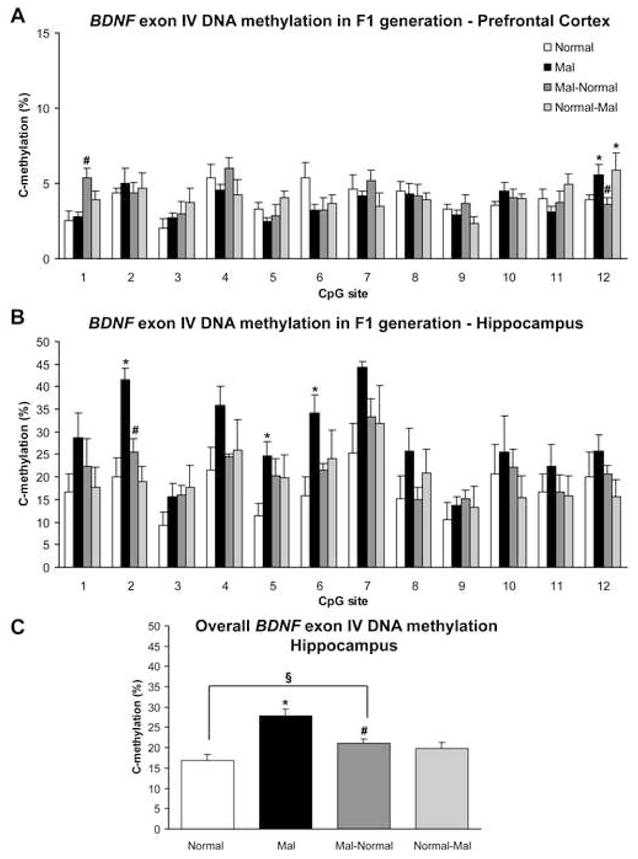Figure 8. Direct bisulfite sequencing confirms that DNA methylation patterns incited by maltreatment are perpetuated to the next generation, and that cross-fostering fails to completely rescue DNA methylation patterns.

(A) Sequencing reveals site-specific effects of mother history on methylation of exon IV DNA in offspring’s prefrontal cortex (two-way ANOVA with Fisher’s post hoc tests; significant effect of CpG site F=4.02, p<0.0001 and marginal effect of CpG site × mother history interaction F=1.45, p=0.06). At CpG site 12, offspring born to females with a history of maltreatment (Mal) have significant methylation in comparison to offspring from females with a history of normal infancy (*p=0.05). Cross-fostering mal-offspring to a female with a history of normal infancy (Mal-Normal) evokes an increase in methylation at CpG site 1 (#p-value significant versus mal and normal, p<0.01), while it reverses methylation at site 12 (#p-value significant versus mal, p=0.023). Cross-fostering normal offspring to a female with a history of maltreatment (Normal-Mal) is sufficient to increase methylation at site 12 (*p-value significant versus normal, p=0.05) (B) Sequencing detected significant methylation of exon IV DNA in the hippocampus of mal offspring (two-way ANOVA with Fisher’s post hoc tests; significant effect of CpG site F=5.21, p<0.0001 and mother history F=10.29, p<0.0001). *p-values significant versus normal, p<0.05. Cross-fostering (Mal-Normal) significantly reversed methylation at site 2 (#p-value significant versus mal offspring, p=0.04). (C) Average percentage of methylation across the examined CpG sites of exon IV in subjects from panel B (one-way ANOVA with Fisher’s post hoc tests; F=8.59, p<0.0001). *p-value significant versus normal, p<0.0001. Though cross-fostering (Mal-Normal) was able to reduce methylation (#p-value significant versus mal, p=0.004), methylation in these animals was still significantly higher than normal controls (p=0.034). Cross-fostering normal offspring to maltreated-females did not induce significant methylation. In all panels, n=3–8/group, derived from 7 mothers; error bars represent SEM.
